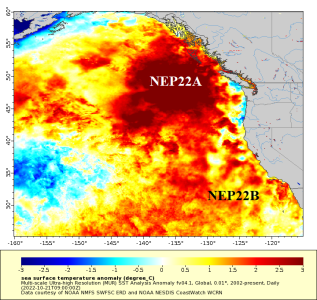01/17/2023, 4:16 am EST
A very specific set of circumstances convened during late December 2022 and intensifying in early January 2023 to cause what eventually became an “atmospheric river” storm track targeting California for a 3-week period of excessive rainfall (over 50 in. for some locations) and 10’s of feet of snow across the Sierra Nevada.


